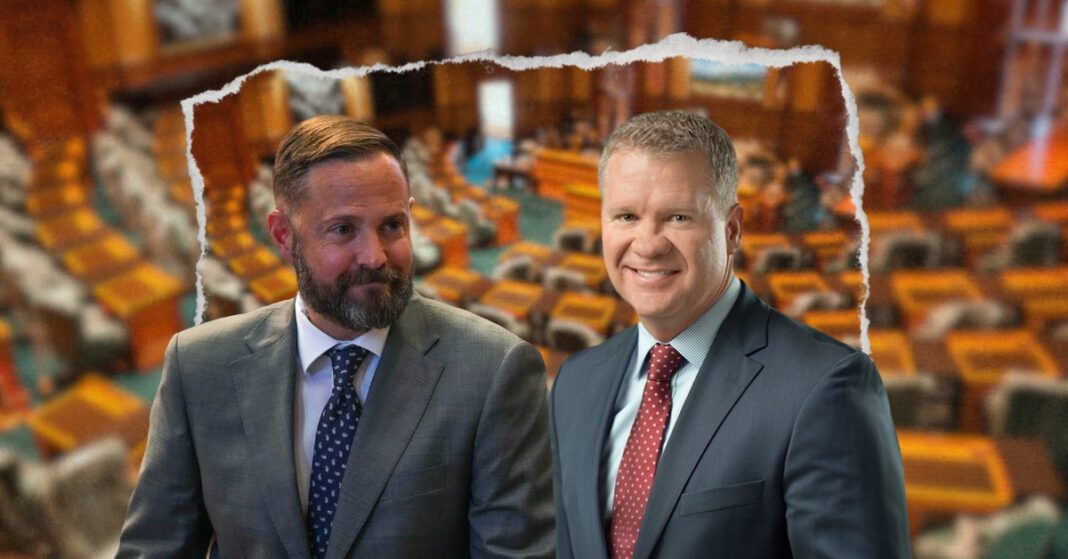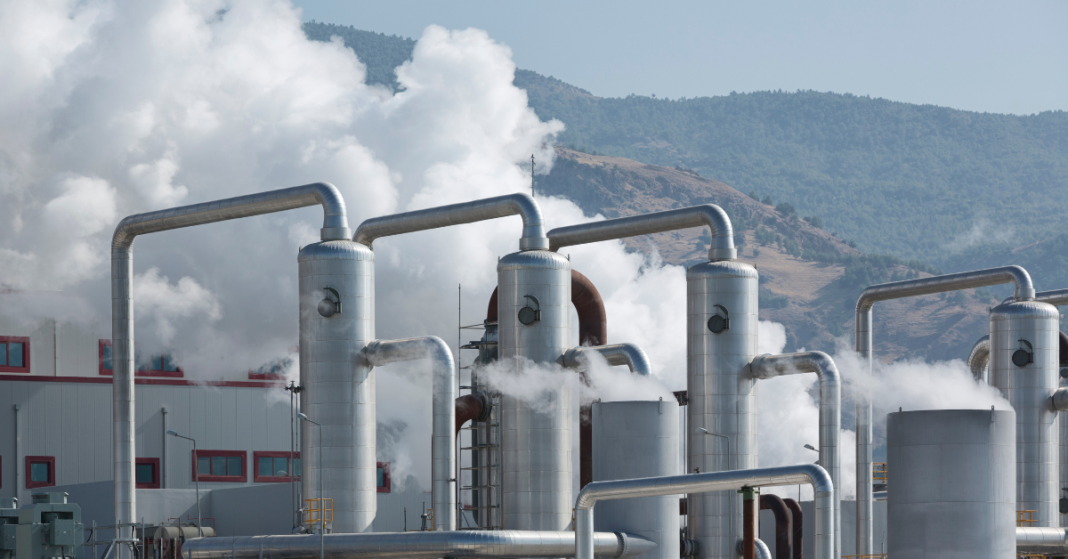According to the latest Consumer Price Index (CPI) report, inflation in the United States continues to slow, but remains in a precarious state as President-elect Donald Trump plans for tariffs that may send inflation skyward again.
During the COVID pandemic, prices across the globe fell. When industries began opening back up following the release of safe and effective vaccines, prices inflation rose a startling 9.1 percent in 2022 thanks to supply chain issues and possible price gouging. Quick action by the Biden Administration slowed inflation in the U.S. by more than most other countries, but buyers were still feeling the pinch.
The CPI collects the prices of essential goods and uses them as a measure of inflation is affecting the average American. The latest report, released Wednesday, showed that prices rose 2.7 percent. While this is good news compared to two years ago, it also shows the fragility of the economy. The Federal Reserve has been raising its benchmark interest rate to try and slow inflation. The goal was to get inflation under the 2 percent increase per year mark (average yearly inflation is roughly 4 percent), a milestone that has remained elusive. There is, in the end, only so much the federal government can do to lower inflation.
However, there is a fair amount a president can do to raise it. Trump has stood by his plan to institute large tariffs once in office. A tariff is a tax on imported goods paid for by the domestic buyer, who passes the extra cost along to the consumer. For instance, if Apple imports a $1,000 iPhone from China, a 25 percent tariff would add $250 to the cost, making the retail price $1,250.
Trump’s plan to a blanket tariff on goods from China, Mexico, Canada, and other countries, many of whom supply essential parts of American life including food and fuel as well as consumer goods. Economists universally agree that his plan will make inflation rise again and likely plunge the country into a trade war that will hurt America’s own exporters.
During his first term, Trump also instituted some tariffs. However, that was when the American economy had seven years of steady economic growth and increased regulation following the Great Recession in 2008. Effects from Trump’s tariffs were moderate then, though they still took their toll on U.S. farmers and manufacturers.
Now, the American economy is only barely returned to normal after one if the largest global catastrophes in history. The fact that the Fed has been unable to meet their price goals even with robust action on interest rates suggests that the trend is still for prices to go up. Even if Trump institutes smaller tariffs than he has promised, it will boost that upward trajectory considerably. The U.S. economy has simply not healed enough to absorb Trump’s plan and mitigate its likely disastrous effects.








